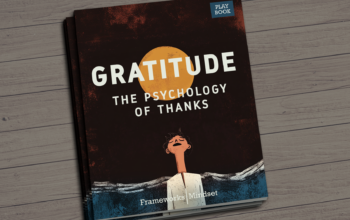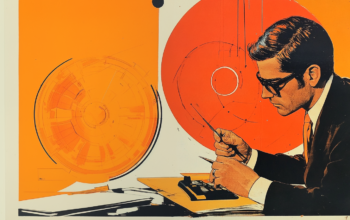Sal Khan and the Power of the Flipped Classroom
Sal Khan was tutoring his niece Nadia when he began to see a pattern.
Nadia and other students were smart, but they weren’t performing in their classes.
Sal discovered that they had been intimidated by the way the subjects were taught.
They were expected to know the material in class and penalized when they got anything wrong. This led them to think they weren’t good at it and to shy away from the material.
And it wasn’t just one bad teacher here or there—the problem was endemic.
So, Sal proposed a radical change.
– – –
In the standard model of school, class is spent with the teacher lecturing the students, and then students take homework home to practice.
But, as Sal saw it, this was exactly backward.
Using new streaming technology, students could watch lectures at home when they’re alone, and then use class time for practice when they had the guidance of the teacher and collaboration of other students.
By flipping the classroom, both class time and home time can be more productive.
Sal used the tutorials he made for Nadia as the basis for an entire library of self-guided courses.
He would call it Khan Academy and it would revolutionize education.
– – –
For decades, Americans have seen student performance fall.
And, for decades, the answer has always been more funding for more teachers and resources.
But what if it wasn’t a matter of more, but rather different?
You can rev your engine all you want, but, if you’re stuck in neutral, you’re not going to go anywhere.
With the Khan’s video lectures and the ‘flipped classroom’ model, learning is propelled out of neutral and into high gear.




